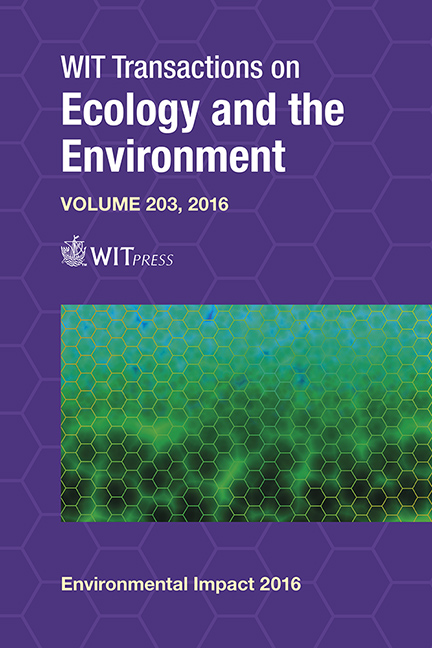Swot Analysis Of Dry Toilets
Price
Free (open access)
Transaction
Volume
203
Pages
12
Page Range
257 - 268
Published
2016
Size
701 kb
Paper DOI
10.2495/EID160231
Copyright
WIT Press
Author(s)
J. Nagy, A. Zseni
Abstract
The aim of our study is to give an assessment of the dry toilets by evaluating their strengths, weaknesses, opportunities and threats. More and more environmentalists consider the use of dry toilets as the solution for solving the problems caused by the utilization of flush toilets. With the application of flush toilet, in addition to its harmful environmental effects and to the high water consumption of toilet, the nutrients in the human excreta are wasted. However, there are some misconceptions about the environmental effects of dry toilets, and we are not aware of the fact, that some type of dry toilets also has unfavourable environmental effects. SWOT analysis is an initialism for strengths, weaknesses, opportunities, and threats. It can be carried out not only for projects and a business venture, but also for a product or a technical solution. With the application of SWOT analysis we assessed and compared the different types of dry toilets by evaluating the above mentioned four elements of them. We evaluate the incinerating toilets and the two main groups of composting toilets: types which treat the human faeces and urine together and types which separate them. A third type, the so-called microflush toilets is also examined. Identification of strengths, weaknesses, opportunities and threats is important because they can inform later steps in planning to achieve the objective: which methods and technical solutions are the best for our environment. We are convinced that the best technical solution is, which allows the composting of human excreta in order to recirculate it to the cycle of biosphere.
Keywords
dry toilets





